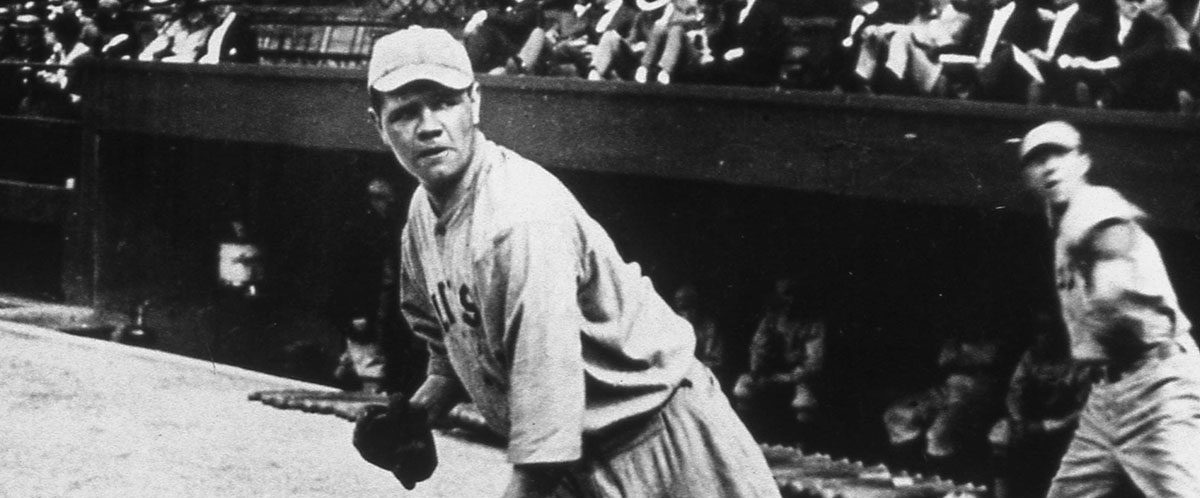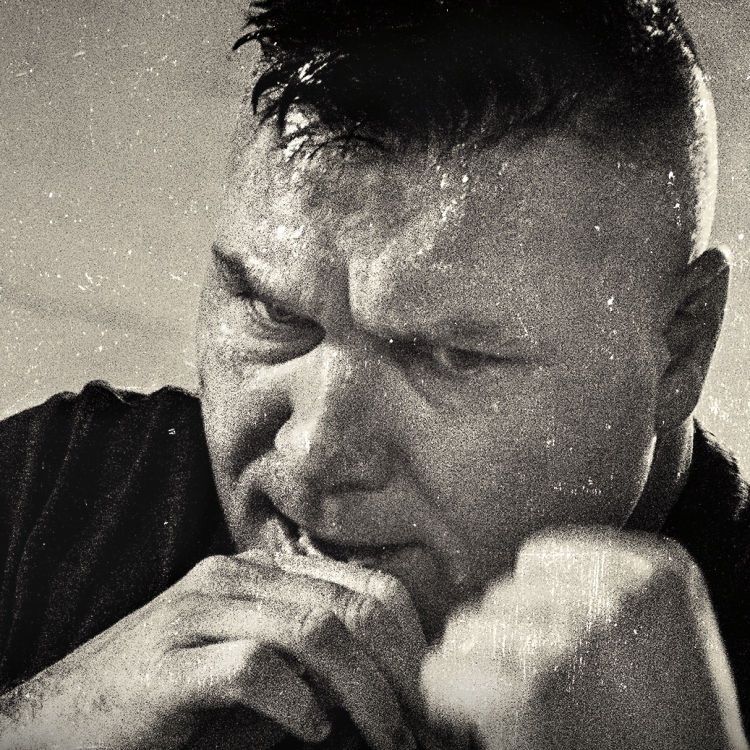For those fans who think the National Football League protests are a new thing—something perpetrated by “sons of bitches” that don’t deserve to don professional sports jerseys—think again.
As the Boston Globe reports, the playing of the national anthem during the 1918 World Series—the won between the Boston Red Sox and Chicago Cubs—the anthem was played amidst controversy. Game 5 started with players not on the field but striking because of wage cuts during the World Series. Both teams eventually took the field—announcing that they were playing under protest—and some fans lobbed insults at them while they did. Shortly after would be one in a number of early instances where the national anthem was played at a World Series—one during a heightened state of patriotism (i.e., wartime), which makes in all the more relevant.
As World War I raged, the anthem was invoked as an “emblem of unity and fortitude,” amidst a culture where people were frequently beaten and arrested for failing to stand during the song at theaters, parks, and other public places, notes the Globe. (It’s worth noting that “The Star-Spangled Banner” wasn’t recognized as the national anthem until 1931.)
The anthem stuck around for the following season’s World Series—this time, in one of peace as the Germans had been defeated—but with no less scandal in the air. That’s because 1919 would be the year of the Black Sox scandal.
Whether you’re looking to get into shape, or just get out of a funk, The Charge has got you covered. Sign up for our new wellness newsletter today.


















